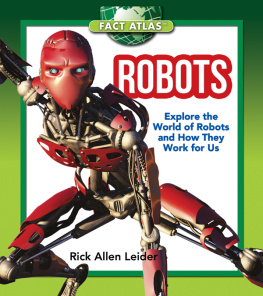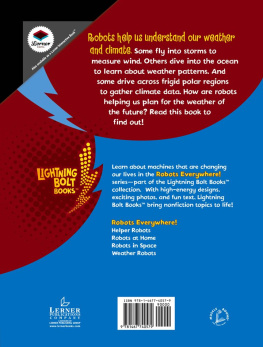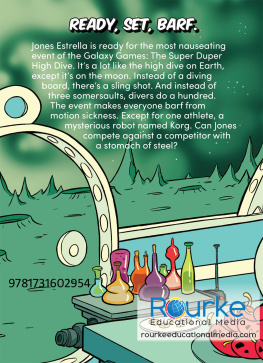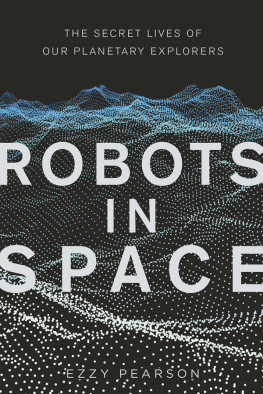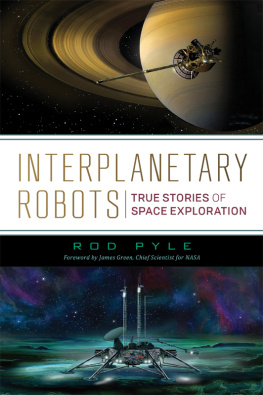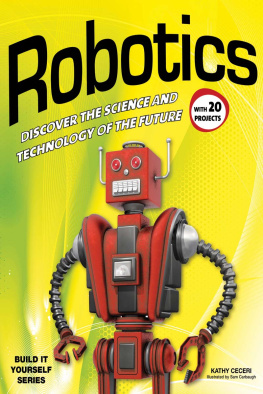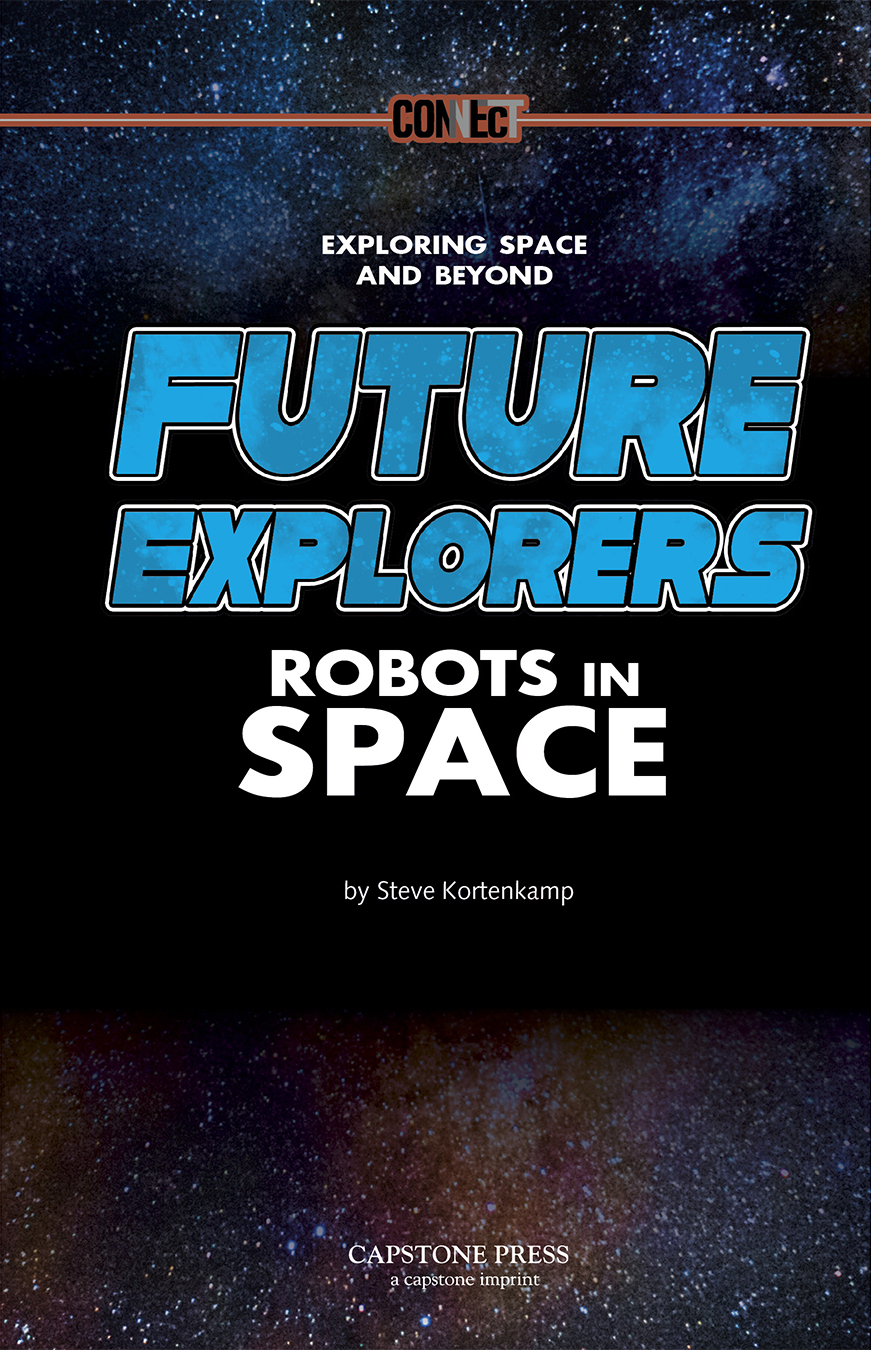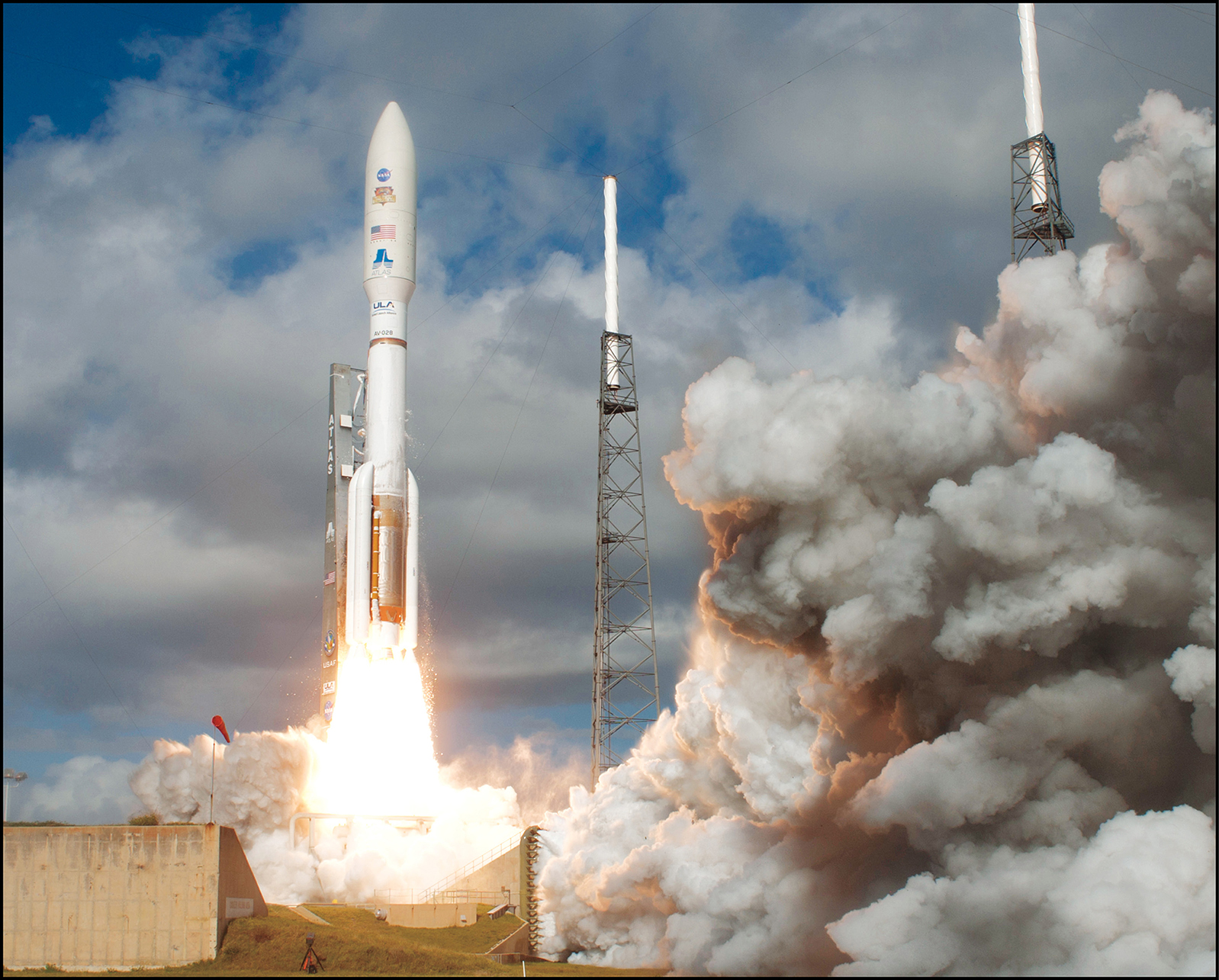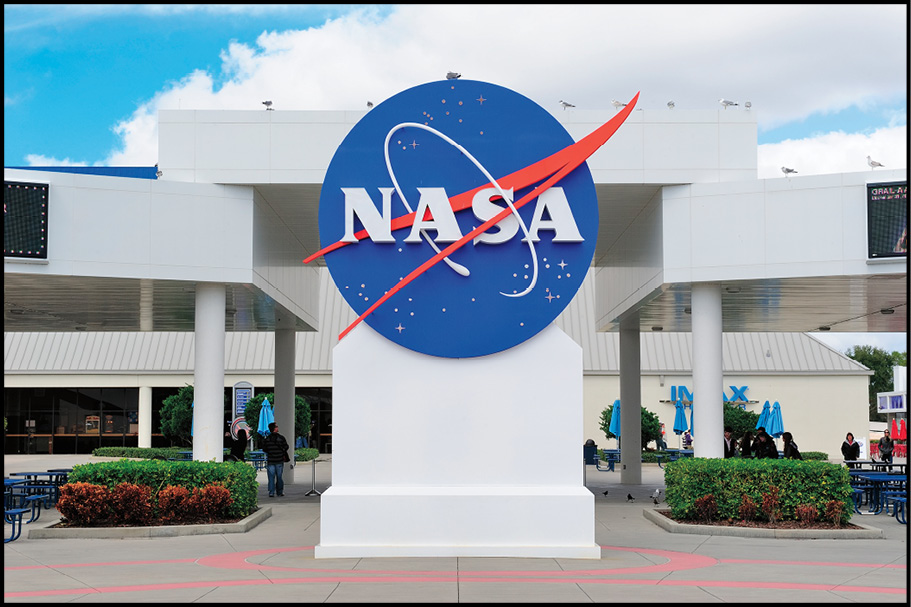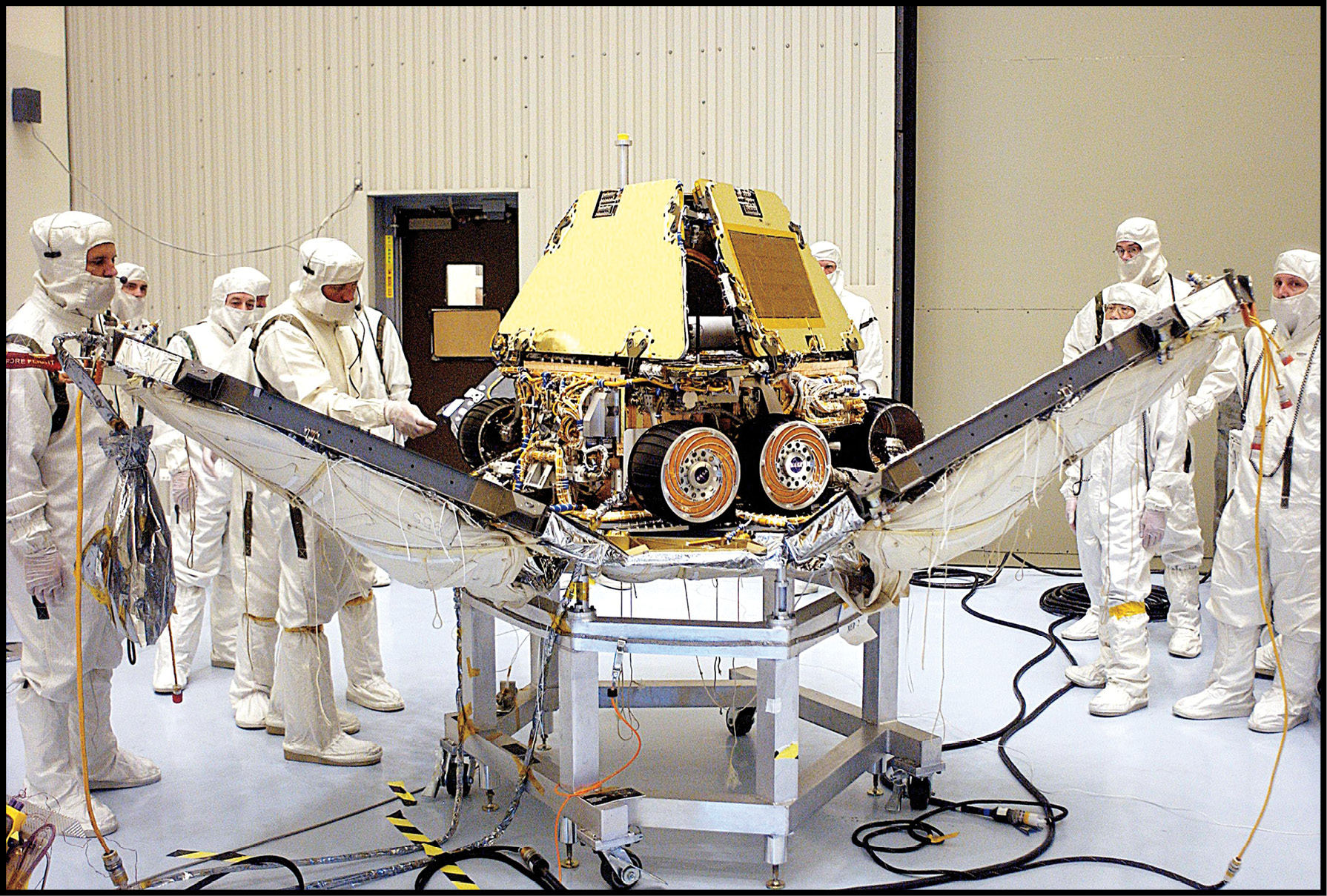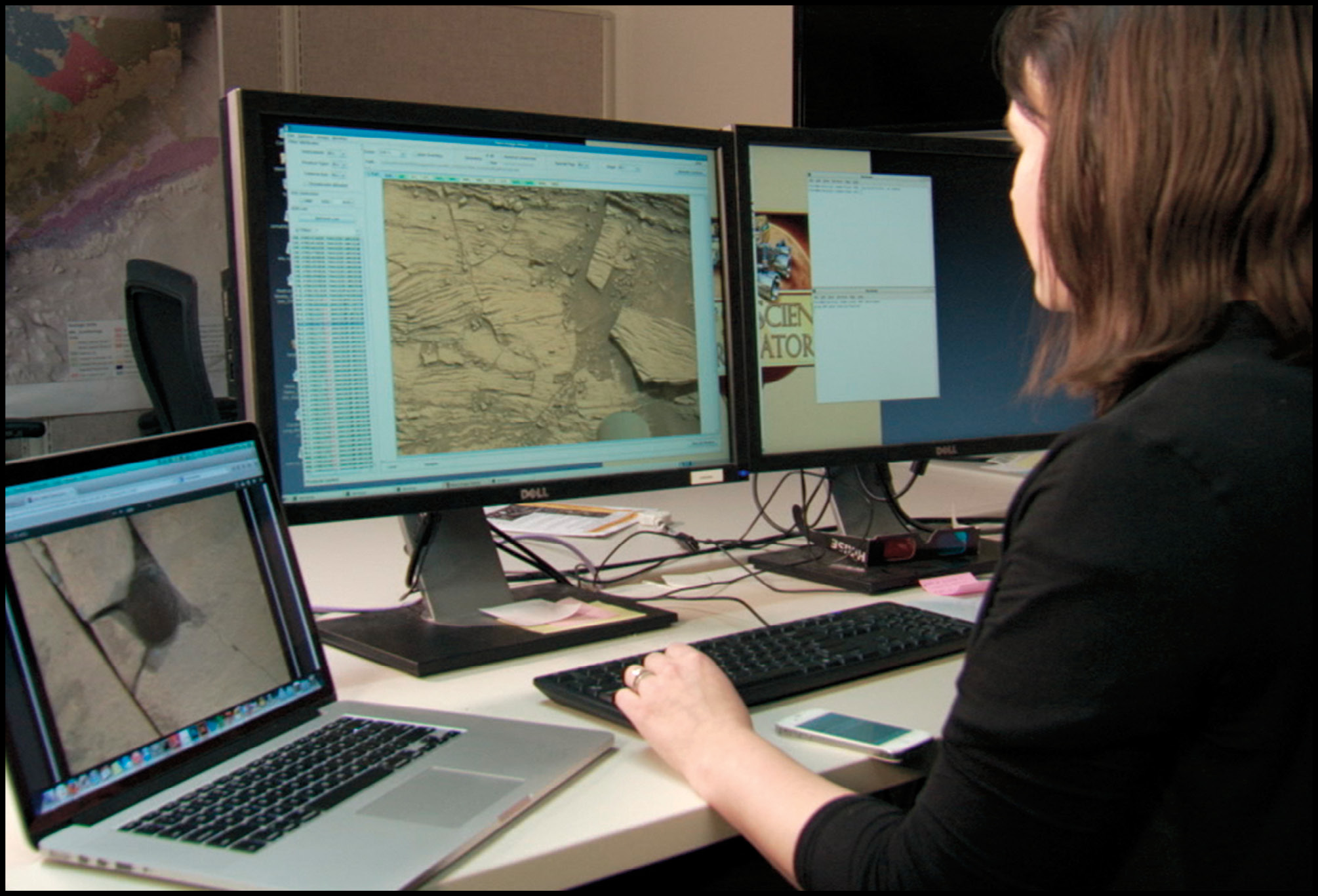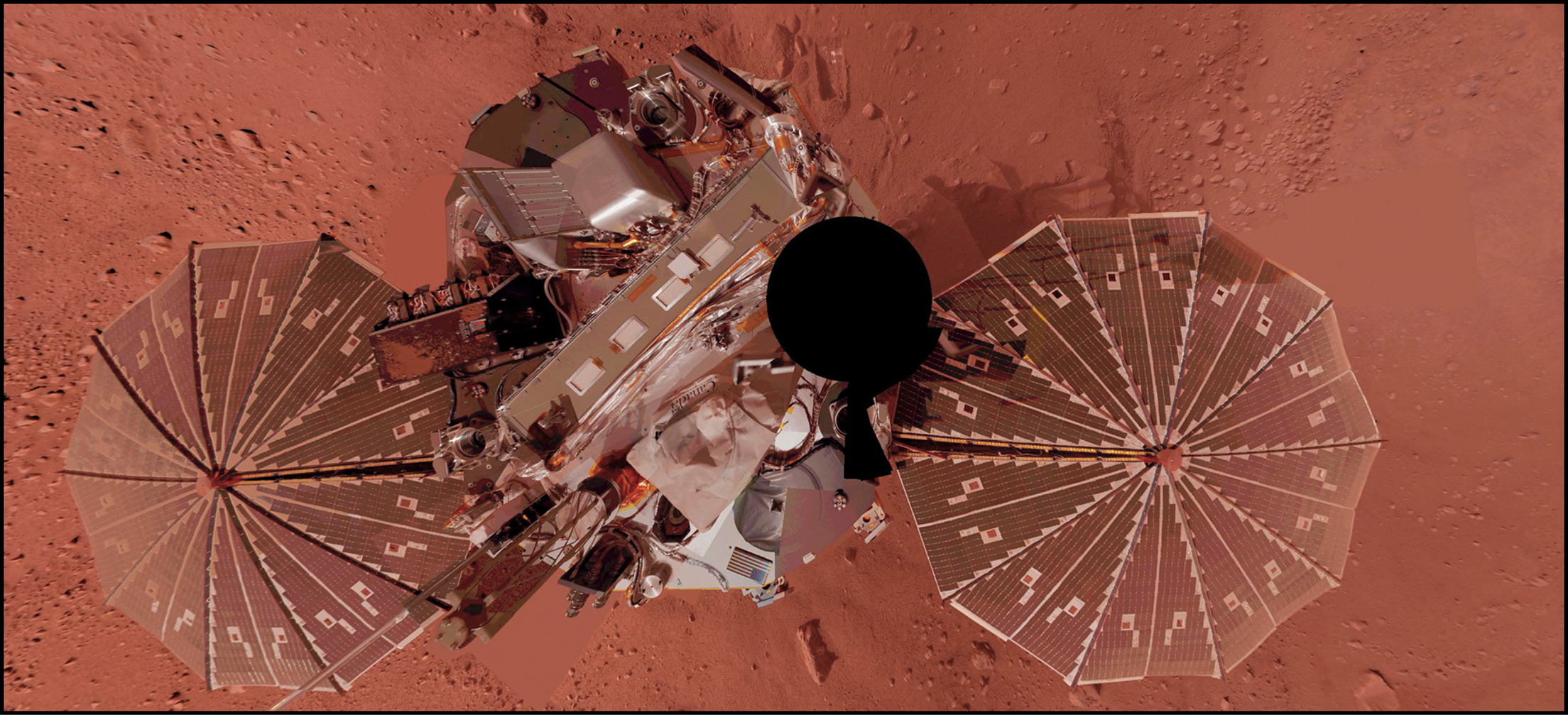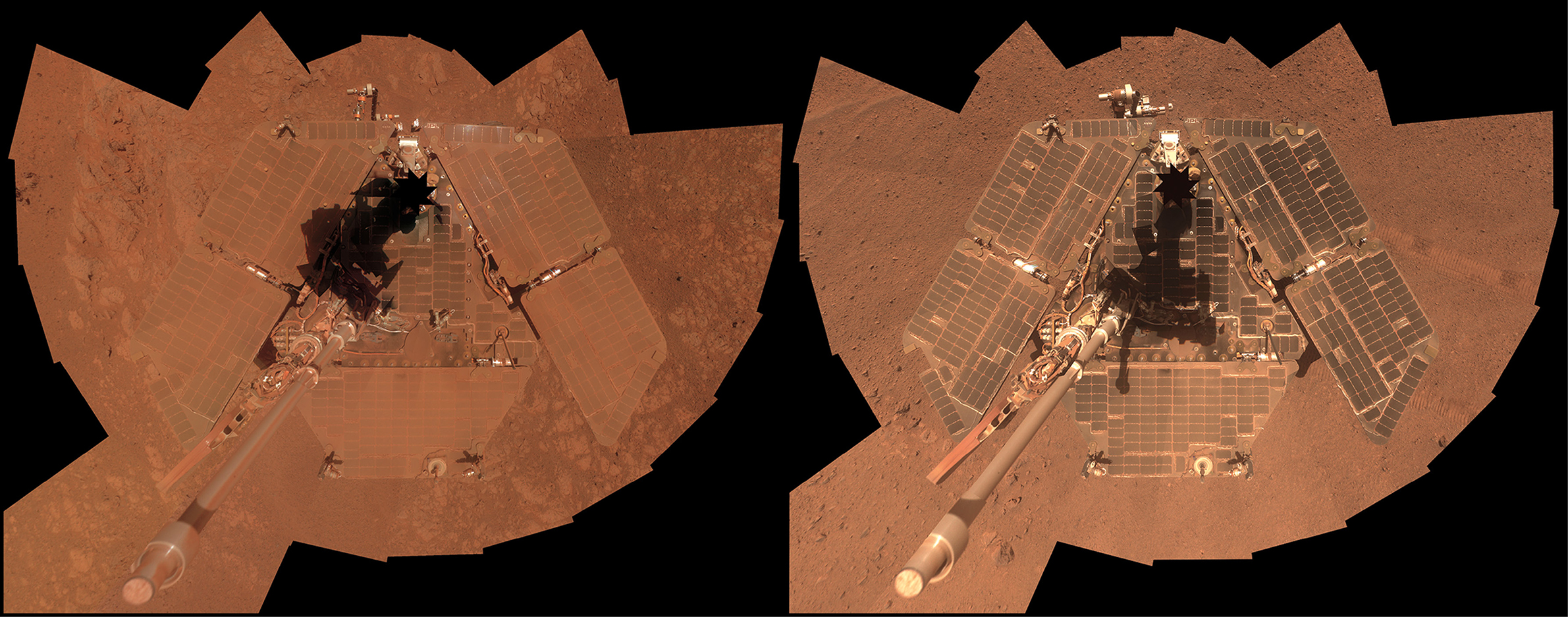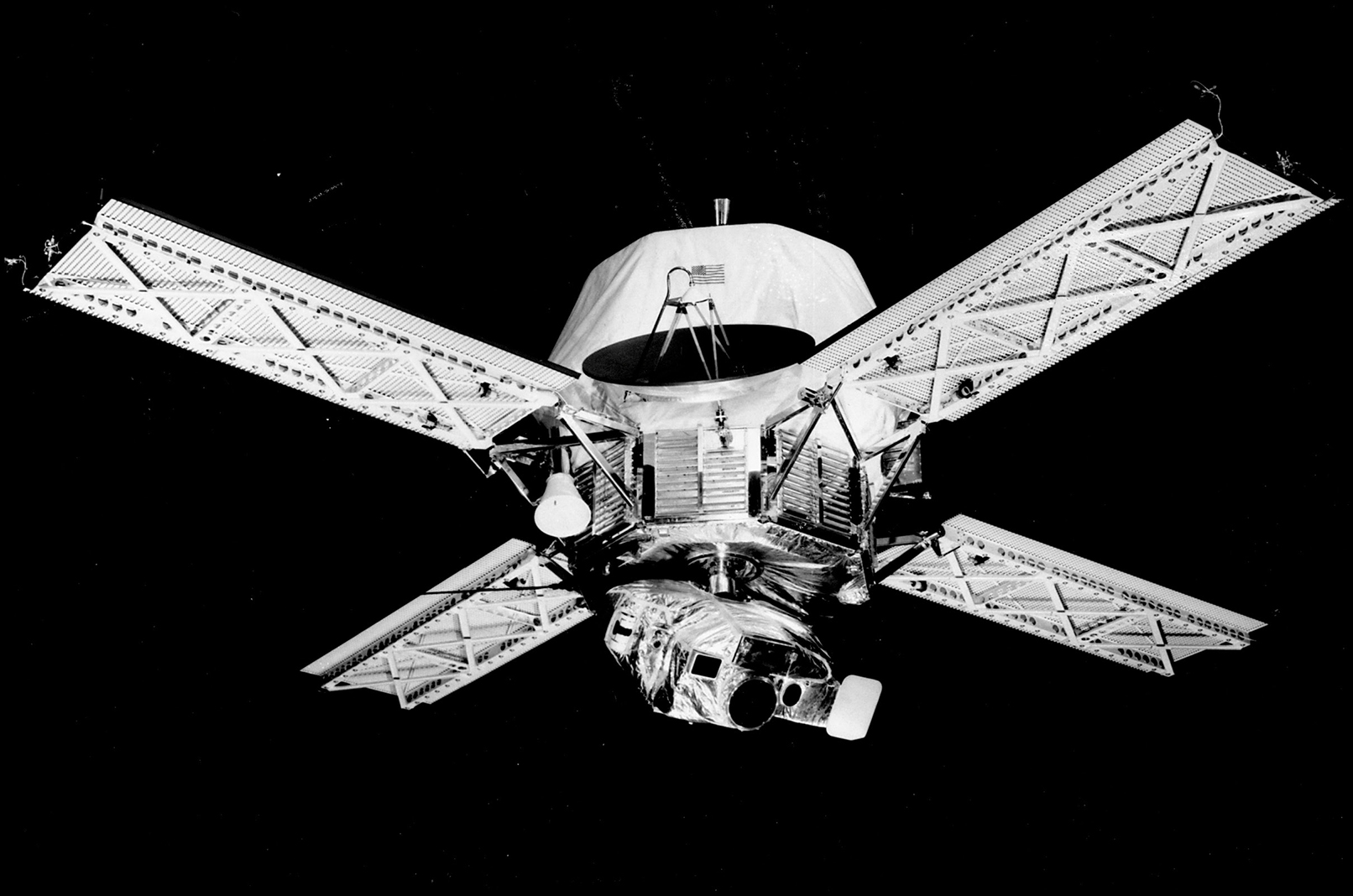With a bright and thundering liftoff, a tall white rocket soars into space. The rocket is carrying a six-wheeled robot named Curiosity. On August 5, 2012, nine months after leaving Earth, Curiosity touches down on the planet Mars. It begins exploring the red planet.
FACT: Robots dont just explore outer space. They explore dangerous places on Earth such as volcanoes and the ocean floor. They also work in factories making everything from candy bars to cars and trucks and even other robots.
What Is NASA?
NASA stands for National Aeronautics and Space Administration. It is a part of the United States government. Almost 60,000 people work for NASA. Only a few of these workers are the astronauts who go into space. Most of NASAs workers are scientists, engineers, lawyers, writers, or teachers. They work at many universities and at NASA centers around the country.
Kennedy Space Center Headquarters in Merritt Island, Florida
A robot is any kind of machine that can perform the tasks that people give it. Space robots are sent on missions to places that are too dangerous or too far away for an astronaut to visit. Space robots carry cameras, telescopes, microscopes, and other equipment.
NASA technicians work on the landing gear of a Mars rover.
Scientists on Earth use computers to program the space robots so they can perform different tasks. These tasks include taking pictures, collecting samples of soil, or analyzing rocks. Using their own computers, the robots then send all of the images and other information back to scientists on Earth.
Scientist Katie Stack Morgan examines Mars rover images on her computer.
Scientists works together with engineers to write a plan for how to design a space robot. They send their plans to NASA. Then they ask the space agency to build the robot and launch it into space.
FACT: The total cost of building Curiosity, launching it into space, and operating it on Mars is very high. NASA will have spent more than $2.5 billion on the mission, from the earliest planning in 2003 until the end of the mission in 2026.
. Landers are robots that touch down on a surface to study rocks, ice, and soil. A lander can only study the area directly around where it lands. A lander cant move around after it touches down.
the Phoenix lander on Mars
Rovers use wheels to explore a larger area on a planets surface. If scientists want to study a strange-looking rock on Mars, they have two ways of telling the rover to drive to the rock. Engineers can send commands to the rover telling it exactly where to go. For example, Go straight for 10 feet (3 meters); stop; turn left; drive straight 5 feet (1.5 m); stop at rock. The second method is to give the rover a target and allow it to find the best route. With automatic driving, the robot uses its computer brain to avoid obstacles.
Other types of space robots stay in space instead of landing on a surface. flyby missions pass an object in space without orbiting or landing. Flyby missions only study an object for a few days as they fly past.
It is a lot easier to send a robot into space than it is to send a person. Thats because robots dont need food, water, or air. All they need is power. They use electricity to power their equipment and to send information back to scientists on Earth.
How a robot gets power depends on how it is built. Robots that dont need a lot of power are built with . Solar panels turn sunlight into electricity. But solar-powered robots only work when they are in bright sunlight. If dirt or dust blocks the solar panels of a lander or rover, then the robot wont work. Sometimes this happens to rovers on Mars. Scientists must wait for strong winds to blow the dust off. Then the solar panels start making power again.
The photo on the left shows the rover Opportunitys solar panels covered in dust. The photo on the right, taken two months later, shows the solar panels clean.
A big rover such as split apart and give off a lot of heat. In Curiosity some of the heat changes into electricity to power the rover.
Chapter 2
Robots on Mars
For more than 400 years, people have been asking if there is life on Mars. To find out, scientists began by studying life on Earth. They know that all life on Earth needs water. So scientists started using robots to search Mars for signs of water.
In 1964 the first close-up pictures ever taken of Mars came from the . This was the first sign of water. But scientists couldnt tell if anything was alive on the surface.
FACT: Mars is often called the red planet because of the color of its surface.
In 1971 NASA sent the Mariner 9 orbiter to get more and better pictures. Mariner 9 sent back pictures of huge volcanoes and a giant canyon. The canyon stretches one-fourth of the way around Mars. It is far wider and deeper than the Grand Canyon in Arizona, the biggest canyon on Earth. Like the Grand Canyon, the giant canyon on Mars looks as though it was created by flowing water.



